DCMS Committee Demands Answers on UK Gigabit Broadband Target UPDATE

The Chair of the cross-party DCMS Select Committee, Julian Knight, has criticised the UK Government for having “failed to answer” a key question in their recent report, which called for a detailed plan to show how it would deliver on its revised-down target for “gigabit-capable broadband.” The committee is now seeking a fuller response.
The Select Committee published the results of their inquiry into the Government’s rollout programme for “gigabit-capable” broadband and 5G mobile back in December 2020, which raised some significant concerns around the issue of deliverability (here). In particular, it noted how much the target had changed in a short period of time and thus sought a plan to show that the latest target would be achievable.
Under the former Prime Minister, Theresa May, the goal was to achieve nationwide coverage of FTTP by the end of 2033, which was considered by many to be viable but still challenging. Deploying truly universal full fibre does tend to be a 10-20 year project in most countries, which is just a natural reflection of the huge cost and civil engineering challenges involved.
After that the current PM, Boris Johnson, pulled this forward to 2025, which is a target (i.e. more of a political than practical one) that was widely regarded within the industry as being virtually impossible to achieve. A few months later this was promptly watered down to include other “gigabit-capable” technologies, which made it more viable but still highly unlikely to be achieved by 2025. Last month it was revised downward again, this time targeting the new 85%+ goal by the end of 2025 (i.e. much more realistic).
The DCMS report thus warned it “would not be acceptable having abandoned one unrealistic target, for the Government to fail to meet a second less ambitious target through lack of effective planning or inadequate investment” (technically this is their fourth, not second, tweak to the target).
On top of that they also conclude that the original goal of achieving “majority 5G coverage by 2027,” which in fact isn’t even mentioned in the 2019 Conservative Manifesto, was also at risk, given rulings banning the use of equipment from high-risk vendors (e.g. Huawei). But in fairness, the term “majority” can often mean a little over 50% and commercial deployments alone should easily achieve that.
At the time the Government was then given until 22nd February 2021 to respond to the select committee report, but their response (here and here) has now been criticised for failing to answer some of its key questions around deliverability.
Julian Knight MP, DCMS Committee Chair, said:
“We raised urgent questions in our Report to Government requesting that it set out detailed plans about how it would deliver on its revised-down target for gigabit-capable broadband and crucially, how likely it was to be met.
Ministers have failed to answer that key question, among others, and provided inadequate responses elsewhere. Today I have written to Secretary of State Oliver Dowden calling for a full response to our recommendations and to points that have gone unanswered. These are questions that cannot be avoided.”
The Chair has asked for a full Government Response by 1st April 2021, which is of course “April Fools” day in the United Kingdom. The challenge for the Government here is that, unlike Phase One of the original Building Digital UK Superfast Broadband programme, they don’t just want to hand all the contracts to BT (Openreach) again (they will no doubt still secure some big ones) and instead prefer to help foster the further growth of alternative networks (altnet).
The catch is that it becomes more difficult to know precisely how much coverage can be achieved by the industry and when, which is partly why the Government has so far only released £1.2bn of their £5bn budget for the programme by 2025 (i.e. this may grow an extra 5%+ of gigabit coverage between now and 2025, with the assumption being that commercial projects will largely achieve up to 80% of UK coverage). The Government has said that more funding will be released if the industry proves it can deliver (i.e. the proof will be in the appetite for contracts).
We think 85% is a viable target for 2025, albeit still a tricky one to prove before any contracts have even been awarded.
UPDATE 11:49am
The Government’s response to the original report has in fact been published, but it was just a little harder to find on their new website. Updated with links above.
Mark is a professional technology writer, IT consultant and computer engineer from Dorset (England), he also founded ISPreview in 1999 and enjoys analysing the latest telecoms and broadband developments. Find me on X (Twitter), Mastodon, Facebook and Linkedin.
« Spectrum Internet and Openreach FTTP Rollouts Clash in Rural Wales
Latest UK ISP News
- FTTP (5557)
- BT (3523)
- Politics (2545)
- Openreach (2307)
- Business (2272)
- Building Digital UK (2248)
- FTTC (2049)
- Mobile Broadband (1981)
- Statistics (1791)
- 4G (1673)
- Virgin Media (1628)
- Ofcom Regulation (1470)
- Fibre Optic (1398)
- Wireless Internet (1395)
- FTTH (1382)





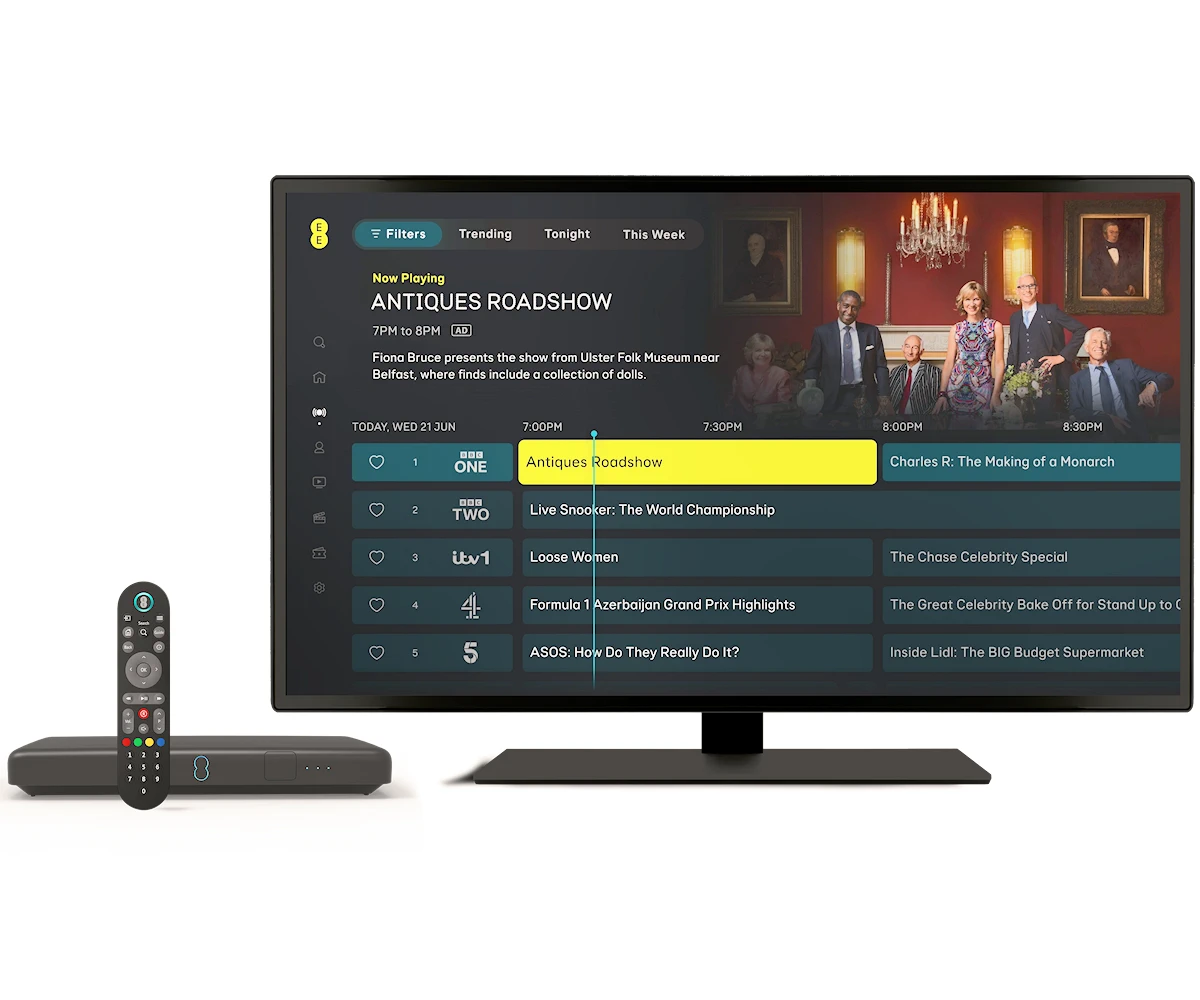



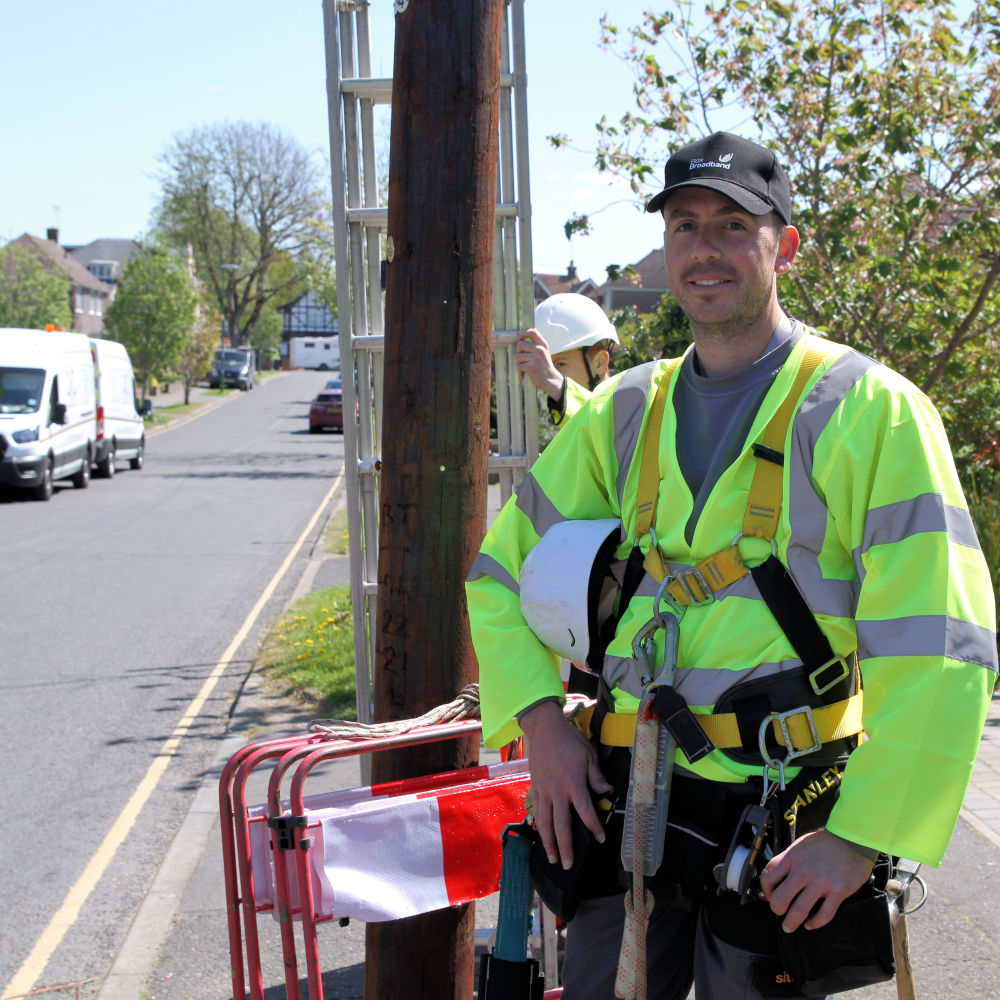
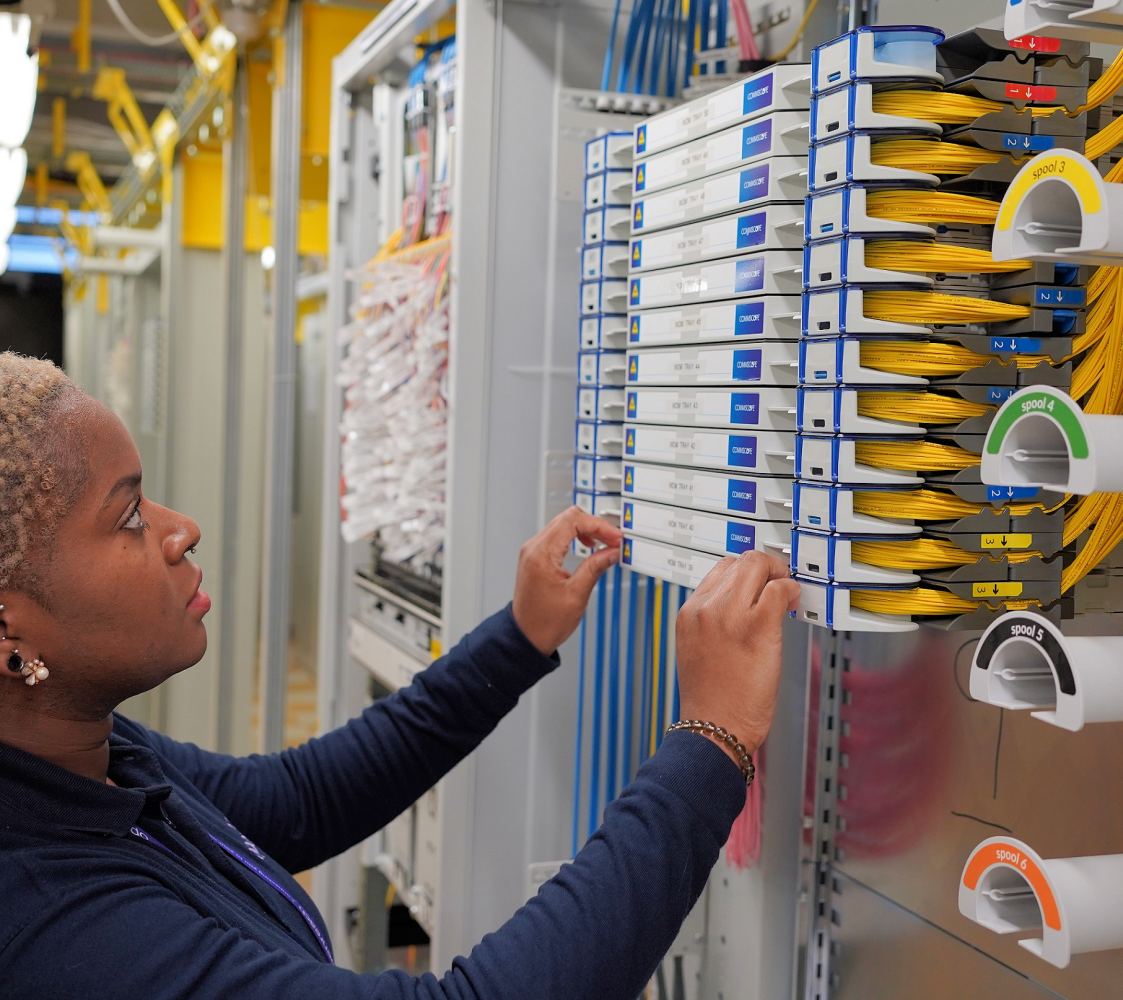
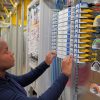










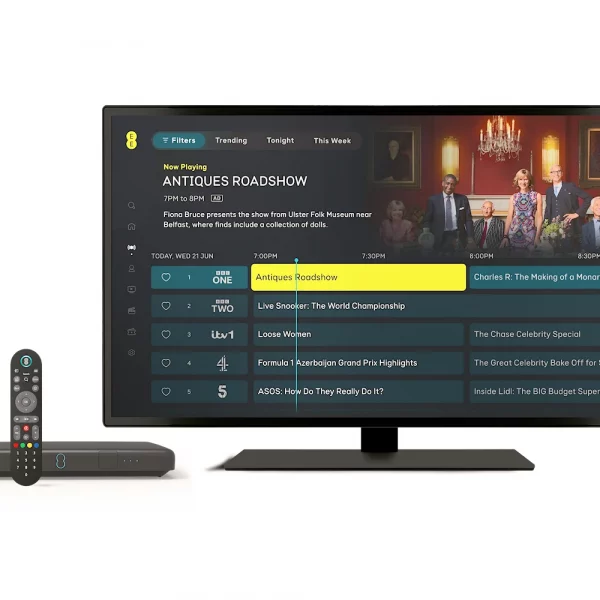



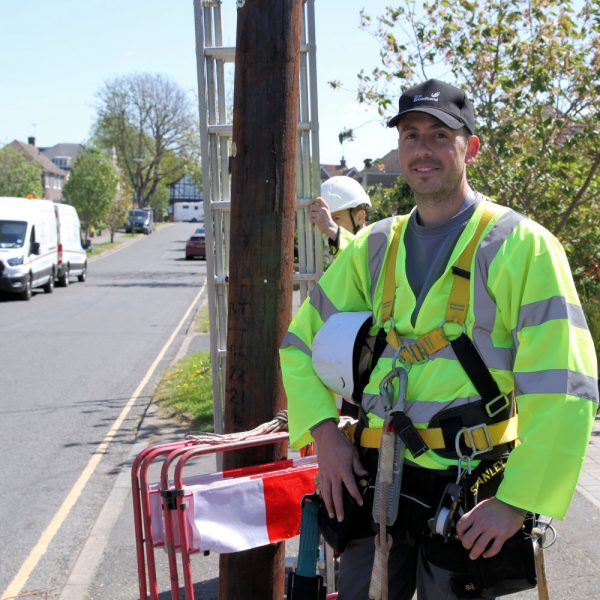































Coverage and access to gigabit is all well and good, but the need to make it actually affordable to the population seems to be something the government is all too willing to forget about.
It is the same price as FTTC on lower tiers.
330 is generally not that expensive but if you need 1G expect to pay more.
For domestic use 1G is ATM OTT anyway.
‘For domestic use 1G is ATM OTT anyway.’
Indeed. I have 2.1 Gb/s at home for various reasons and rarely even see 100 Mb/s utilisation for any length of time let alone a gig.
TalkTalk offer 900mb/s for £27 per month on the Cityfibre network
Zen offer 900mb/s for £40 per month on CityFibre
Hyperoptiic offer 1GB/s for £45 per month.
Its only Openreach that are extortionate. They are not competitive in anyway.
If Openreach charge too little CityFibre, etc, complain about unfair competition and the regulator lean on Openreach to charge more.
Openreach pricing is regulated upwards as well as downwards.
Heh I was paying Virgin media business £39 for 350/10.
Check out the residential price for 100mbit… £44 .. for 100mbit LOL.
I bet half the people that have gigabit, don’t need it, don’t use it they just want to say wooo look at me I’ve got gigabit.
My friend in London on hyperoptic has 150/150 for £25 and he’s a network engineer, with two kids. Nobody *needs* gigabit. But having a line capable of it is pretty nice. What the UK really needs is better upload speeds. Virgin media upload speed is a joke. Openreach isn’t really that much better either.
Meanwhile, I get 500/90 on three 5G now.
Would be good if Openreach offerings reflected the underlying network with upload being 50% of download.
In the case of Virgin Media in some areas just supplying a 20:1 ratio is quite an achievement given the underlying network.
Affordability is usually achieved by competition currently where I live high speed broadband means either Virgin Media or 4g via o2 only mobile operator where reception is available indoors or Asdl 6 mbps down 2 up so virgin prices it is FTTC is available in the next street but our street cabinet was missed in the original BT survey so I agree affordability is a big issue but does this mean that because we have Virgin Media available the government target has been achieved ?
they won’t answer them because they are too busy spending 2million+ in downing st.
The government is happy to spend billions on the worlds most expensive nuclear power plant, that seemingly will be no better then anyone else’s. Plus HS2 and the Irish tunnel projects, the Irish tunnel seems to be moving ahead at speed. But it will not spend the significant lower investment then these projects required in broadband infrastructure, something that will benefit the entire country.
As for altnets, let me know when they are able to install fibre over BT/ Openreach owned FTTC connections. Plus a lot of reliance is placed on the voucher scheme, which is in itself flawed as trying to make people understand what it is, why you need it and why it’s good is an almighty uphill struggle as the mass population firmly believe they already have fast fibre broadband, thanks to the constant lying advertising that’s been allowed for the last few years.
I agree, its like everything else this government does, if it fails to land one of they’re friends massive companies a contract they can pocket a percentage from, they aren’t interested. That’s why competition in the home broadband market is not important to them thus does not exist.
interetesing comment
As for altnets, let me know when they are able to install fibre over BT/ Openreach owned FTTC connections.
clearly someone with no idea how FFP is built
@fastman, care to enlighten us as to what FFP is? Interesting comment you’ve made, stating someone doesn’t know a subject whilst offering nothing to backup the claim. Perhaps you could offer to do so? Please explain how an altnet can upgrade an Open Reach owned FTTC cable in BT circuits to FTTP.
@M: As far as I know a 3rd party network provider cannot build fibre to the premises from an Openreach street cabinet. If there already is a FTTP then possibly a Virtual Unbundled Local Access could be arranged, but that’s not the same as running an alternative fibre line from the street cabinet to the premise.
There is also the possibility of duct sharing via the Physical infrastructure access (PIA).
But bear in mind that in the end of the day it doesn’t make much sense to build multiple fibre access networks to the same premise, just as it won’t make sense to build multiple power lines or water pipes to the same house. The whole telecoms sector in this country is quite backwards, this country is more than a decade behind of there it should be, thanks to wrong government policies and wrong regulatory frameworks. You can already see the madness where some towns have multiple fibre networks, whereas large part of this country doesn’t have fibre broadband at all, as part of an increasing digital divide.
‘ install fibre over BT/ Openreach owned FTTC connections.’ makes no sense.
Various companies use PIA to install their own microduct in OR ducts.
There is no way to stop multiple companies providing FTTP to the same property, it’s about competition. Why would anyone want to stop them?
@The Facts: “‘install fibre over BT/ Openreach owned FTTC connections.’ makes no sense.”
Actually, it does, in theory you could run a fibre from a cabinet, or a nearby AGN, to the premise. So the OP had a valid question.
“There is no way to stop multiple companies providing FTTP to the same property, it’s about competition. Why would anyone want to stop them?”
This again shows you don’t understand the issues of wasteful duplications of different fibre networks to the same premise in certain town while the vast majority of this country does not have fibre broadband. As long as this backwards country doesn’t start treating fibre broadband as an essential utility there will be an increasing digital divide. Infrastructure market competition doesn’t work, private companies aren’t able to do investment which have a distant future ROI only.
@GN – 89mins, slow. Individual companies must think it makes commercial sense to build in an area. Remember they are installing on behalf of the ISPs on their network.
Back to what’s the solution? Fund commercial companies to install FTTP?
@The Facts: As I said, you don’t understand the issue here, as is evident by your statements on this forum thread. Take a look at the real world.
@GNewton, thank you for clarifying that, as I suspected then. And it is utter madness that for ADSL and FTTC it was easier as everyone agreed pretty much to use the same line, but I guess due to Open Reach then having a monopoly our illustrious government et el came up with the plan of allowing altnets to build FTTP connections themselves. Although who maintains them if something breaks? The altnets or Open Reach?
Due to my location in North Dorset I don’t expect to have FTTP anytime soon from BT / Open Reach and shall wait for 5G as their seems more chance of that. I have no idea what ducting their is, but it hasn’t been updated to my property since it was built over 26 years ago. We had an exchange only line but thankfully they built a cab for us outside the exchange for FTTC.
I believe the original response from DCMS has now been published.
https://committees.parliament.uk/publications/4961/documents/49596/default/
Thanks, updated.
I would say just give as much of the whole countries contracts to CityFibre. They know what they are doing and are installing at a tremendous rate the places they are contracted.
And I would much rather have CityFibres 900mbs/s than Openreaches 300mb/s or Virgin’s DOCSIS
I’d have a look at the articles on CityFibre’s construction on this site.
They’re doing well however their record is a long way from spotless and they are increasingly relying on Openreach infrastructure.
No issues here that couldn’t be solved with a few donations to Tory MPs and a few chats over WhatsApp.
It used to be brown envelopes under the sofa….
Now you just need to donate a sofa to the No10 charity…..
I must admit that if Teresa’s interior design was as much of a nightmare as her government was then it might need urgent improvement…..can you imagine the nightmares if you thought the Maybot was coming……
I don’t think Carrie would go for the sort of sofa you’d donate to a charity…. 🙂
The No10 charity is very special: it only accepts gifts suitable for a Grade I Listed Building.
In my area, the biggest altnet blitzed the area with leaflets and the residents were swept along and mistakenly bought into the process.
Within our area, many of the residents have already pledged their vouchers through “the biggest altnet” but we may not wish to confirm them with the DCMS.
if the biggest altnet do not get sufficient signups, will the community be able to retain our Gigabit Broadband vouchers so that they can be used in the next phase of the Gigabit programme?
Any documentation supporting the answer, provided, may also be helpful.
If they do t build they do t get the cash from the vouchers.
The voucher only crystallises to cash once the customer is verified as connected to FTTP.
Never mind gigabit, in the majority of areas, Openreach’s current product tops out at a measly 76 Mb/s downlink, 19.5 Mb/s unlink. In a world where we have more Internet-connected devices in our homes than ever before, I think that anything less than 200–300 Mb/s is unacceptable. Honestly, I couldn’t care less about gigabit, just give the rest of us an upgrade suitable for 2021.
Uplink* (autocorrect lol)
Also, I just want to add here that with EE, I get 100 Mb/s downlink, 20 Mb/s uplink with LTE using my Galaxy S9, so even though the ping is slightly worse than Openreach’s VDSL2, it’s just as usable for online gaming and in practice I have seen no visible difference in terms of lag or disconnections. Seriously, this country needs to step up its home broadband game.
Yup but at 200-300 you are at the edges of DSL technology.
Deuch Telecom did use 35 profiles to push VDSL to 200mb/s and OR tried GFast which tops out at a realistic 300ms/s and only works on shorter lines.
So at that point FTTP is the way to go.
And what is provisioned over FTTP is then up to what you want to buy with the ability to upgrade over time.
FTTP will also generally have better latency characteristics.
That is 100% true, and I agree. FTTP is the way to go, and always was.
But while the majority of us wait for gigabit, I feel like there should be at least some form of interim upgrade using existing technologies to handle the increase in connected devices in our home.
If you’re a family with three children, that’s easily 10 devices connected to your home network. 10 devices sharing a 76 Mb/s connection, which to be clear is only a theoretical maximum and is typically more along the lines of 40 Mb/s in practice, is simply not good enough.
What dismays me most is the fact that the obsession with gigabit coverage means that those with no superfast options have been forgotten.
The BDUK projects delivering FTTP to previously underserved premises continue.
Indeed had Gigaclear not messed up your own project you’d have been in the first single-figures percent of the UK to have received gigabit coverage.